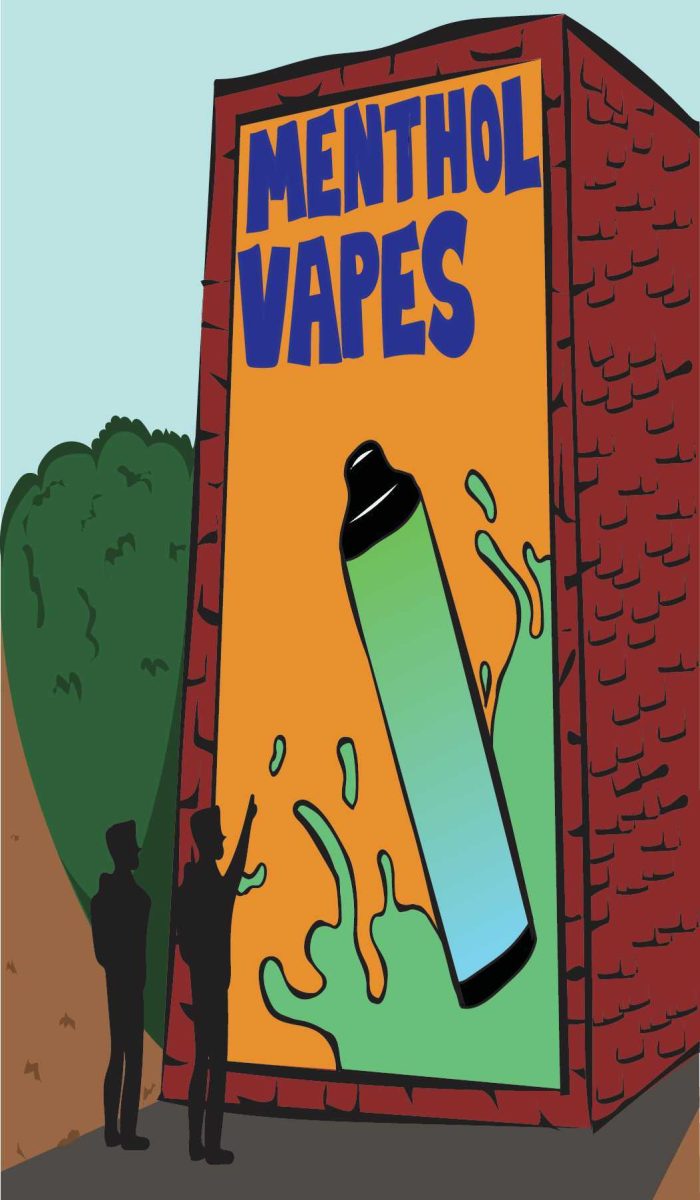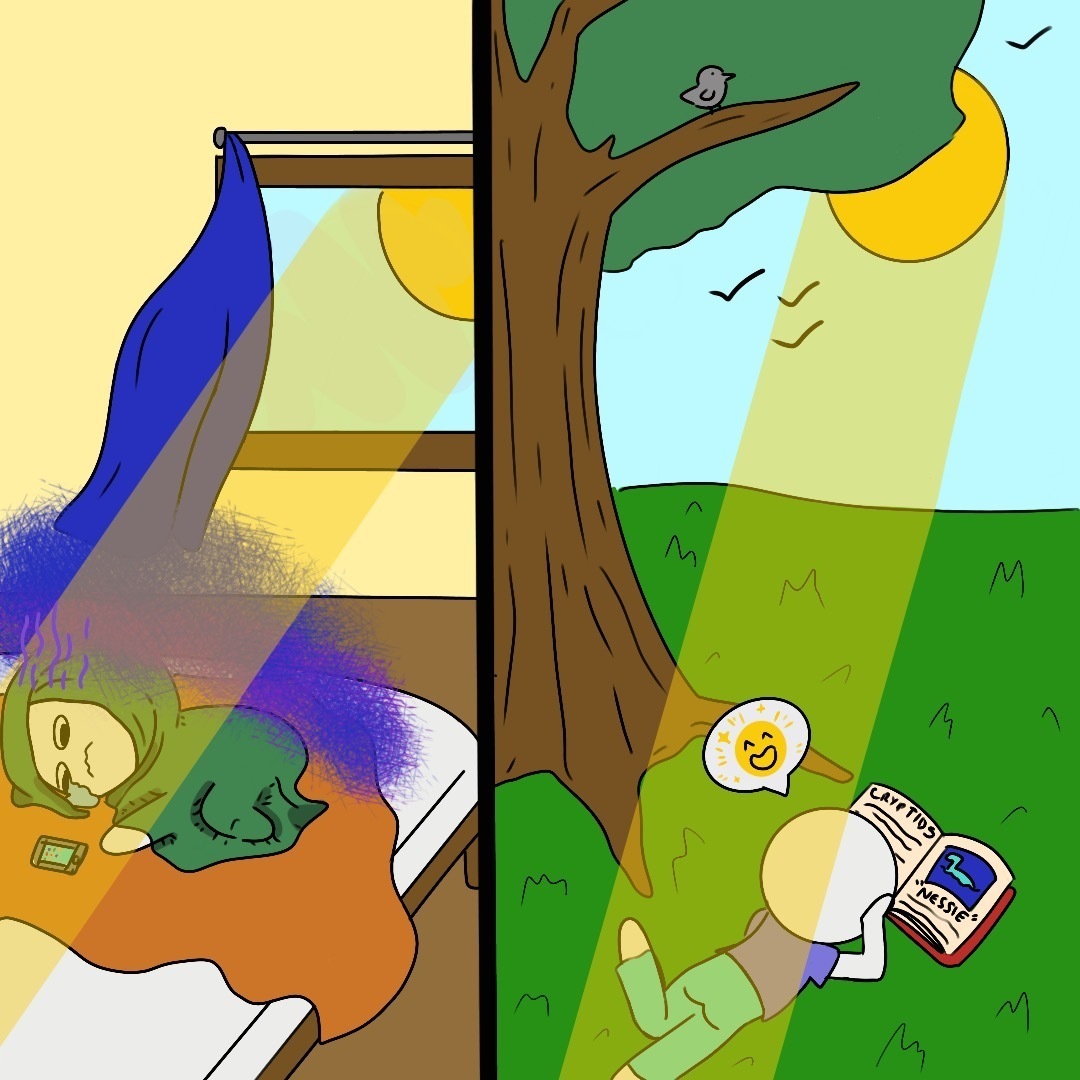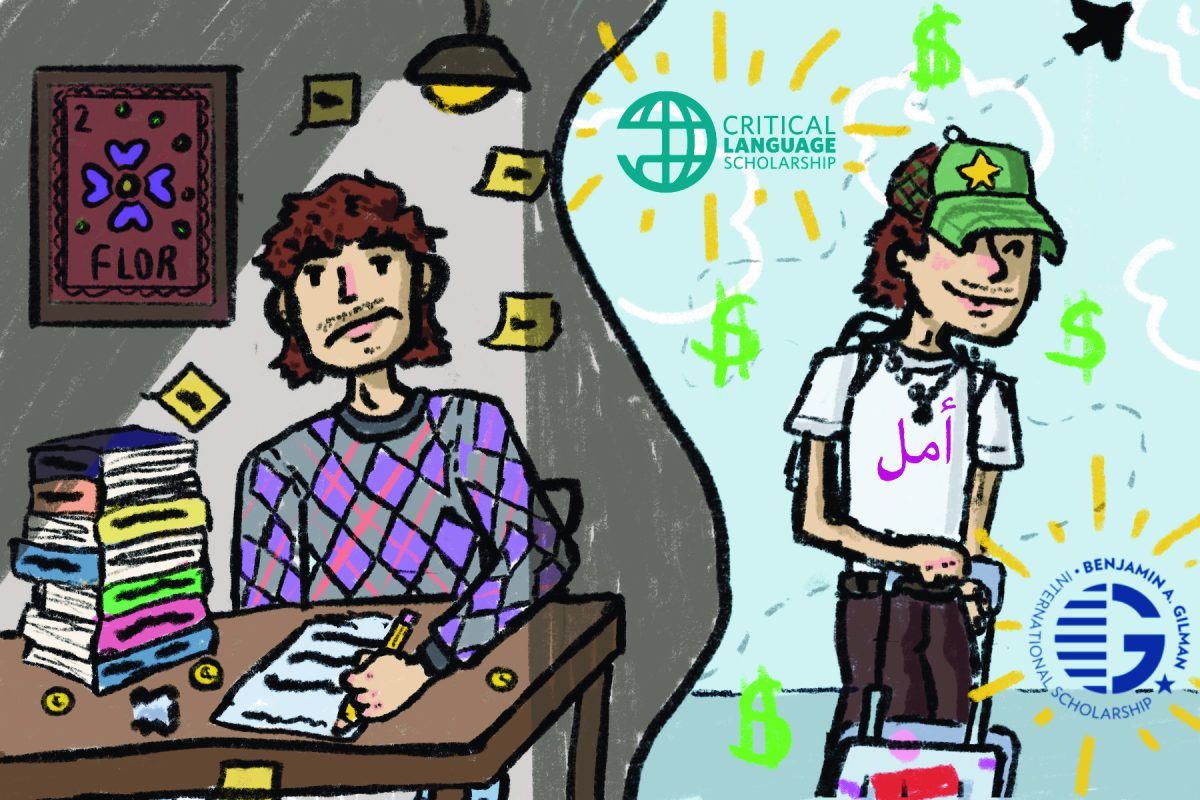Trigger warning: This column includes discussion of addiction.
Drug overdoses in the U.S. have reached a record high. Between April 2020 to April 2021, drug overdose claimed the lives of 100,306 Americans, a nearly 30% increase compared to the previous year.
The COVID-19 pandemic, experts say, has played a role in the rising overdose death toll as the nation’s mental health tanks after almost two years of social distancing and self-isolation.
With drug and alcohol use susceptible to college students in addition to the national rise in overdose, it’s imperative for Texas State to take action and implement additional drug addiction prevention resources.
Currently, Texas State’s Alcohol and Drug Compliance Services Office offers an Alcohol Education Program for Minors (AEPM), Marijuana 101, Personal Development and Under the Influence.
While these programs are a great resource for students to engage with, they cost $60-100 to take and are geared toward students who may have violated university drug policy or received previous violations from law enforcement.
There is also the Student Recovery Alliance, which is designed for all Texas State students who are seeking a support system to help them achieve sobriety.
Coordinator of Educational Programming and Outreach Dr. Richard Martinez, who is also a psychologist in Texas State’s Counseling Center, said while the university organizes tabling events that seek to take away the stigma surrounding drug addiction, he acknowledges there is always room to do more.
While there are programs in place to help students in their recovery from addiction, there seems to be a lack of university-led programs in place to help prevent addiction before it begins.
Between April 2020 to April 2021, the state of Texas experienced a 36.4% increase in drug overdose. Even though Hays County may not have been in the top five counties in 2019 with accidental overdoses in Texas, neighboring counties like Travis and Bexar were. These are counties that some students, like myself, live in.
As college students, we are prone to using drugs and alcohol which can lead to future addictions. Of the teenagers that will be transitioning to college, 50% of them will be going to college having misused a drug at least once.
Benjamin Solomon, an English, history and anthropology senior, said he believes Texas State does not do enough to bring awareness to addiction. Having met people dealing with addictions, he understands the trauma and harsh suffering they experience.
“People that need an escape from reality, [due to] whatever difficulties they may have in their life and they use that addiction to try to fill that void,” Solomon said.
In 2018, 45% of college students used an illicit drug. While a majority of that percentage may have been from using marijuana, fentanyl-laced marijuana causes concern. Fentanyl is an opioid with a high risk of causing an overdose and is 80-100 times stronger than morphine. Over 10 million Americans use opioids like fentanyl annually.
In Texas, 39% of opioid overdose deaths in the state were caused by a prescribed opioid. The dangers of even prescription drugs have led to mistrust in big pharmaceutical companies like Purdue Pharma, a company in which Texas and several other states have sued due to its role in the opioid epidemic.
The federal government’s infrastructure bill includes $1.5 billion to fight the opioid crisis but this money only gets the ball rolling on eradicating this crisis.
In the state of Texas, the only legislation passed recently that claims to stop the flow of drugs into the state is Operation Lone Star. However, this policy has overwhelmed law enforcement and taken away funds and resources that should be allocated to helping Texans already living with addictions.
While there are many ways to fight this epidemic, such as administering treatments, those resources cannot come soon enough. As this is not doomsday prepping it is just preparing for the inevitable.
Other drugs susceptible among college students include alcohol, Adderall, ecstasy and benzodiazepines. Excess use of these drugs may require a medical detox.
However, detoxing can be expensive; an outpatient drug detox can cost up to $300-800 a day without insurance. Recovery from addiction can also include mental burdens for students who struggle to maintain their sobriety.
Establishing a support network for students who may be encountering hardships in their journey to sobriety is imperative. Additionally, it is also important for Texas State to implement resources for its student to prevent addiction before it starts.
Even though Texas State offers counseling services for drug and alcohol addiction, it lacks the resources for an awareness program focused on opioid addiction and rehabilitation for students and faculty. Texas State is not doing enough educating and awareness beforehand to prevent addictions from the beginning.
As a state-funded institution, Texas State follows the Drug-Free Schools and Communities Act, however, this act has yet to be updated since its creation in 1989, before fentanyl was even introduced to treat chronic pain. And while there are prevention and education programs at Texas State, transfer students, like myself, are not required to take them.
There are programs in place at Texas State that seek to assist students in their recovery journey such as Alcoholic Anonymous, however there is no university-led program for Narcotics Anonymous, only meetings in the San Marcos community. With the main problem with college students being that they have trouble initially seeking out the help they need, inconveniences like that do not help.
Across the country, there are great roadmaps for Texas State to follow, like in New Jersey where institutions like Montclair State have created Residents in Recovery, dorm floors committed to staying clean, which is modeled after a similar successful program at Rutgers University.
Programs like this one include access to addiction services, psychological help, transportation to support groups in neighboring communities and even activities that can substitute the typical college party scene.
Within our own state, the University of Texas at Austin has created the Center for Students in Recovery, which has been so successful that it has expanded to the entire UT system statewide.
The University of Texas’ program blends recovery and academic success by creating a community atmosphere. The group holds meetings as part of programs five days a week and serves the entire college’s communities.
This is not the only place where universities in Texas are combating drug addiction either, as five other institutions within the state are a part of the Association of Recovery in Higher Education (ARHE), a national network of people and resources that represent collegiate recovery programs.
There should be more awareness and expanded paths to treatment at Texas State so students can leave not just with a degree but also without addiction or the risk of not knowing one is likely in the future.
Students seeking to recover from drug and alcohol addictions can join the Student Recovery Alliance, a group that meets weekly in the Student Health Center.
If you or someone you know is dealing with addiction, visit Texas State’s Alcohol and Drug Compliance Services website for resources and information.
– Dillon Strine is a journalism junior
The University Star welcomes Letters to the Editor from its readers. All submissions are reviewed and considered by the Editor-in-Chief and Opinion Editor for publication. Not all letters are guaranteed for publication.
Opinion: Texas State needs more drug addiction prevention resources
February 2, 2022
Donate to The University Star
Your donation will support the student journalists of Texas State University. Your contribution will allow us to purchase equipment and cover our annual website hosting costs.

























